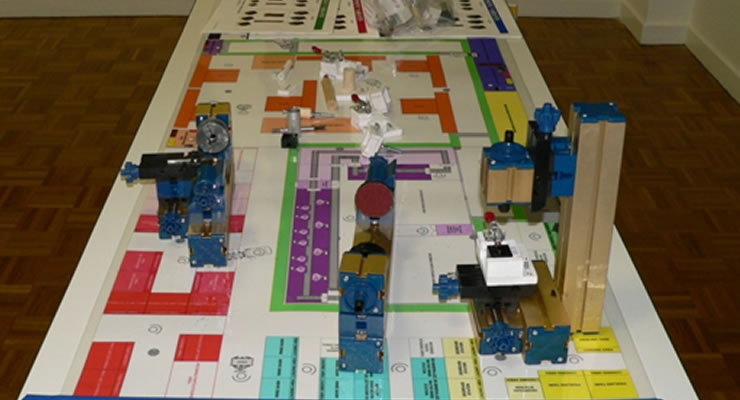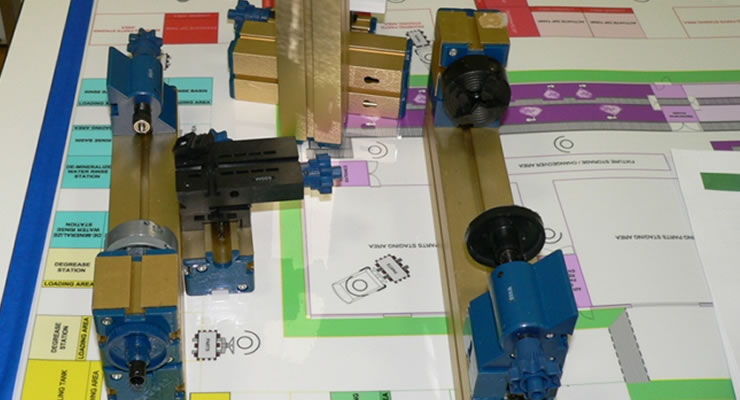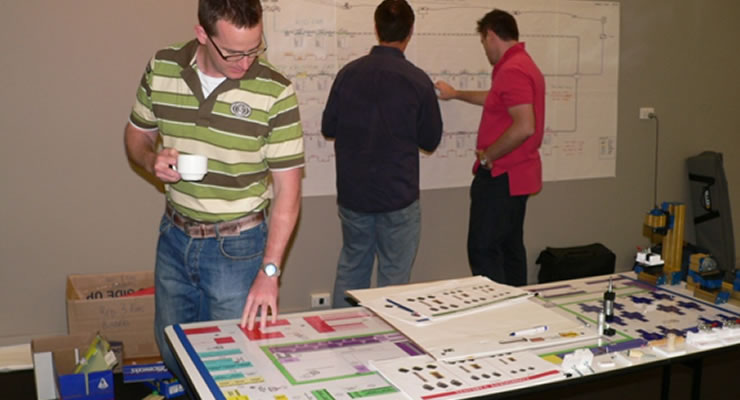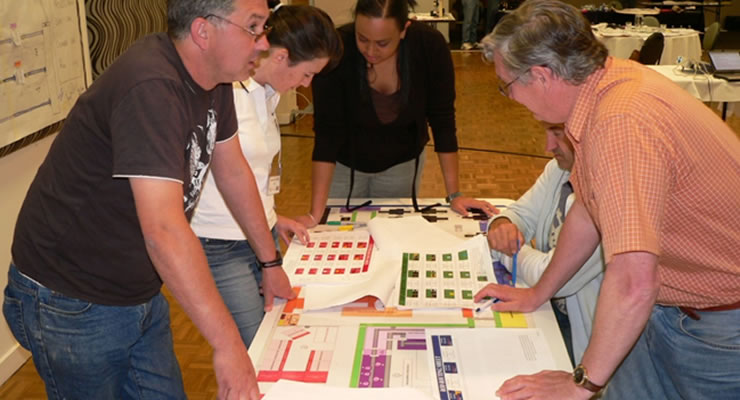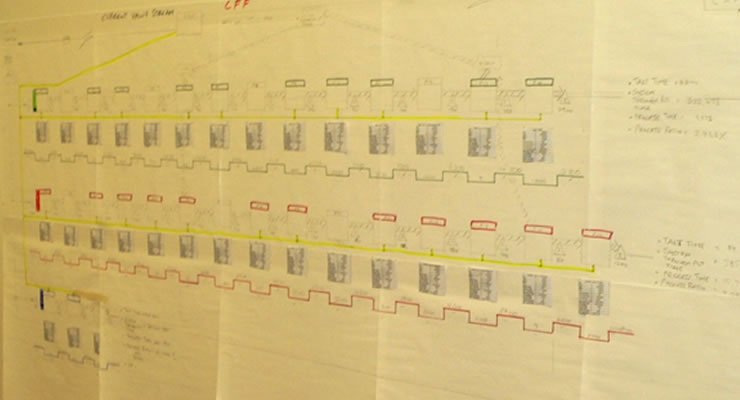Describe the principles of pull systems, classes of pull systems (including route-specific, part-specific, and CONWIP) and procedures for designing the structure of an appropriate pull and visual scheduling system for a given application
Apply practical procedures for executing a value stream mapping activity, including product family definitions,, scope definition, value stream decomposition, model line strategies, team formation, effective execution of the mapping and planning process, and practical systems for getting thorough input and buy-in to the future state design
Apply a systematic procedure for future state design. This includes defining the value proposition, operational alignment for maximum value delivery, customer interfacing needs, cell and line formation, pacemaker definition, structuring of pull and visual scheduling systems and future state operational support systems.
Discuss the ramifications of alternative flow structures on system performance, including parallel versus serial structures, alternative queue structures, utility of replication and effective management of “monuments”
Analyze structural approaches for improving production control including structuring to support short lead times from pacemaker to customer, establishing kitted flow, postponement strategies and preferred target structures for high-variety/custom manufacturing where variety must originate early in the routing
Conduct a realistic capacity analysis, defining a future state that avoids built-in waste
Comprehend overall facility layout to support the future state design

